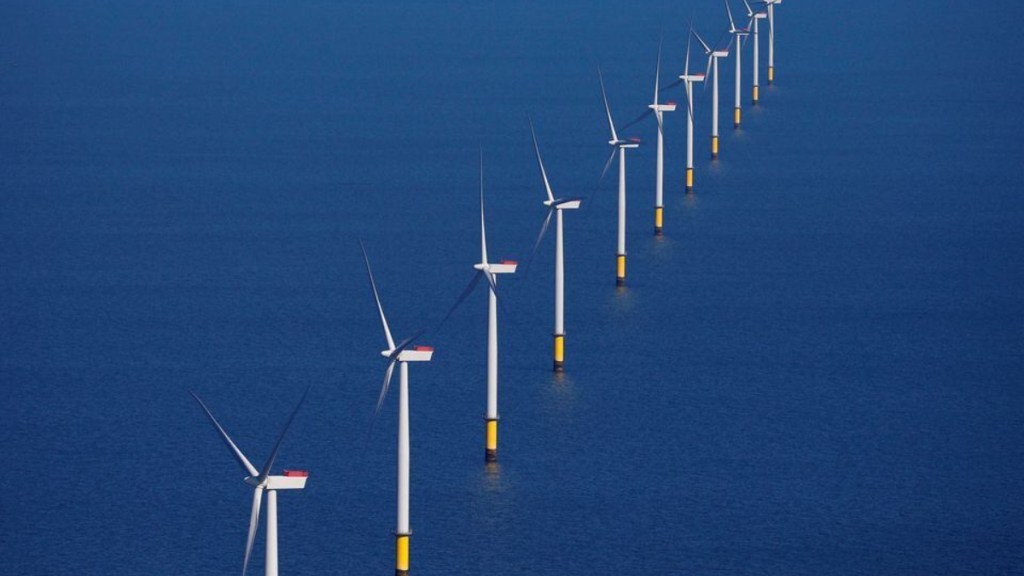In further sign of growing consensus on the issue, over 110 countries on Saturday signed a pledge agreeing to triple global renewable energy installed capacity by 2030, a goal that is being seen as crucial to keeping rise in global temperatures within 1.5 degrees Celsius from pre-industrial times.
In a separate announcement, the United States pledged $3 billion to the Green Climate Fund, the main financial instrument that channelises climate money to developing countries. The new commitment, by US Vice-President Kamala Harris, comes two days after the US promised to put in a paltry $17.5 million in the newly-created Loss and Damage Fund, for which it faced a lot of criticism.
Tripling of renewable energy, from the current about 3,400 GW installed capacity to about 11,000 GW by 2030, has the potential to avoid Greenhouse gas emissions by about 7 billion tonne of CO2 equivalent, or about one billion tonne every year on an average, as per an estimate by the International Energy Agency. That would be more than the effect of all the other climate actions currently being taken by countries.
“I am delighted that the world is looking at a tripling of renewable energy capacity by 2030. This will help both development and climate change mitigation. A fast acceleration of renewables growth is essential for humanity to be able to make the transition towards clean energy,” Ajay Mathur, director general of International Solar Alliance, said.
The pledge is not an outcome of the COP28 climate meetings. It happened on the sidelines. But it creates momentum for this goal to be adopted by the COP28 meeting as well, which will make it truly global.
Tripling of renewable energy is a relatively new climate target that has emerged in the past couple of years in the light of impressive growth in installation of renewable energy. The first major step towards realisation of this goal was taken when the G20 countries included it in the New Delhi Summit declaration in September this year. Before the COP28 meeting began, over 60 countries had endorsed this goal.
It is on the agenda of the COP28 conference as well. Adoption by COP28 will make it an official global goal, progress on which can be monitored on a regular basis. Pledges taken on the sidelines of the climate meetings do not have the same legal sanctity.
India was not part of the list of 116 countries that signed the pledge on Saturday, but it is on board, having already agreed to it at G20 summit. India’s own renewable energy expansion plans involve a tripling of capacity by 2030. In his speech at COP28 on Friday, Prime Minister Narendra Modi had spoken about agreement over renewable tripling as one of the major highlights of India’s G20 presidency. China and Russia, who too are part of G20, also did not sign on the pledge.
The tripling of renewable pledge was part of a bouquet of decarbonisation initiatives launched at the behest of the hosts UAE on the third day of COP28. Those who signed on to the renewable pledge also agreed to double the global annual rate of energy efficiency improvements from the current 2% to 4% by 2030.
As part of this same bouquet, about 50 companies, representing over 40% of global oil production, committed themselves to zero methane emissions by 2030, and net zero greenhouse gas emissions by 2050.
Also, 52 countries took on a Global Cooling Pledge, and committed themselves to substantially reduce global cooling emissions by 68% by 2050. Cooling accounts for nearly 7% of global emissions.

